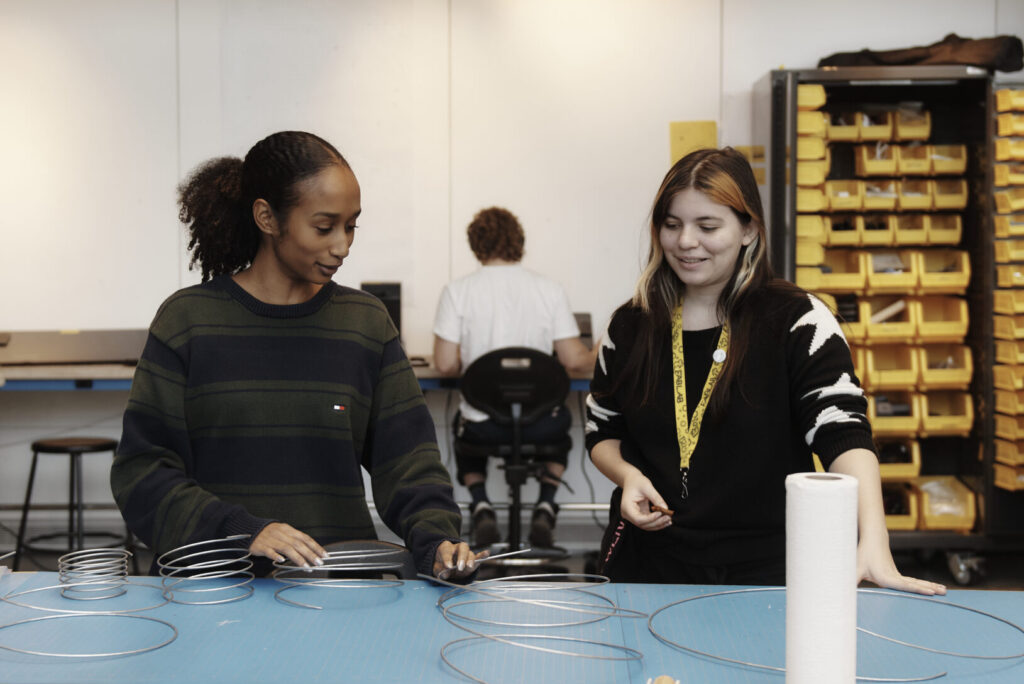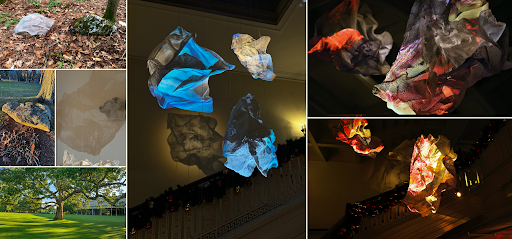Upcoming events
Upcoming events
Admissions
- First Time Undergraduates
- Transfer Students
- Re-admission Candidates
- International Students
- Graduate Students
- Certificate Students
- Resources for Veterans
- Admissions Policies
- Meet the Admissions Team
- Admissions Events
- Resources for Teachers & Counselors
- Accepted Students
- Schedule Your Visit
- Request Information
Information for


















